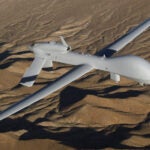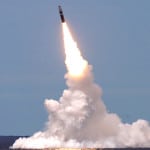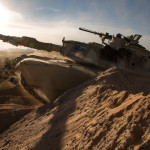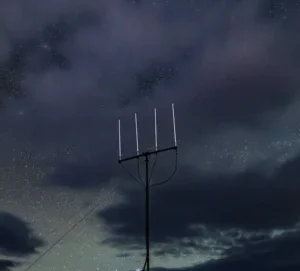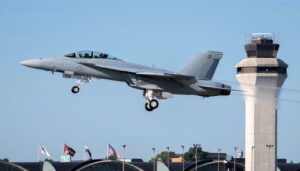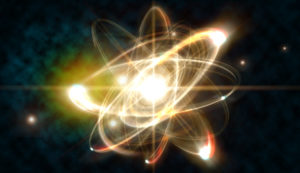
Sen. Elizabeth Warren (D-Mass.), a member of the Senate Armed Services Committee who brandished her arms-control and anti-nuclear bonafides throughout 2018, announced this week she might run for president in 2020. Warren said she has formed an exploratory committee for a presidential bid, fulfilling long-circulating rumors that she would seek the Democratic Party’s nomination in the next general election. Warren did not mention nuclear deterrence in a four-and-a-half minute video posted online Monday to announce her aspirations. However, the second-term…

 By
By 